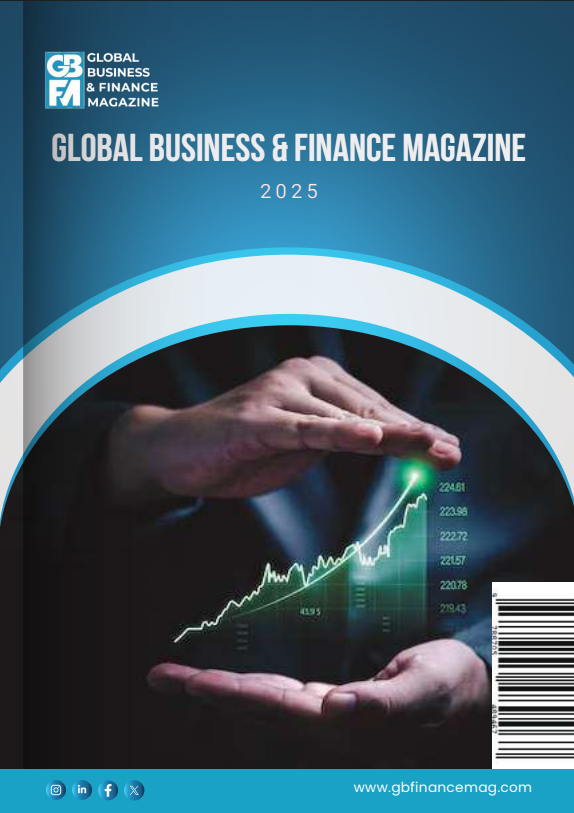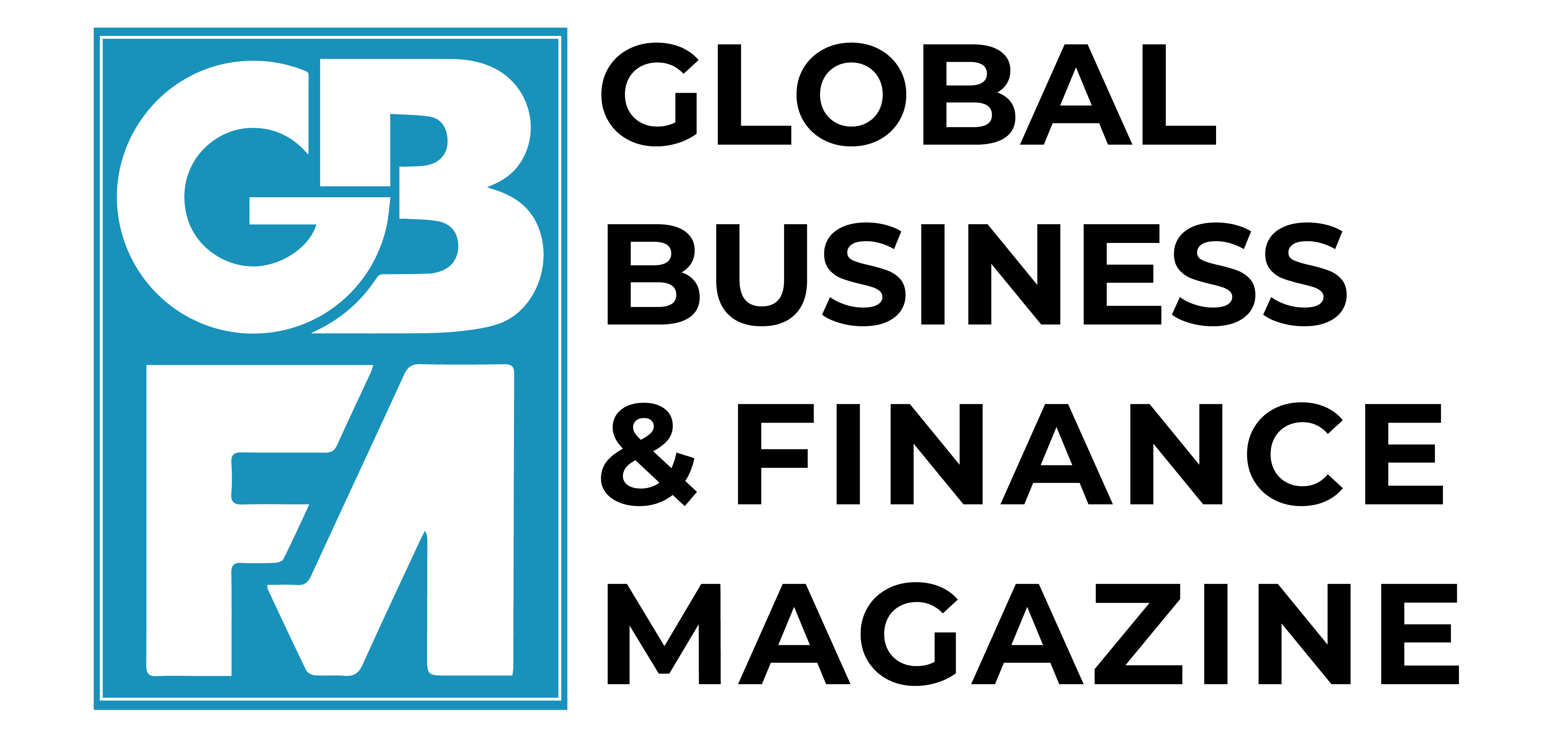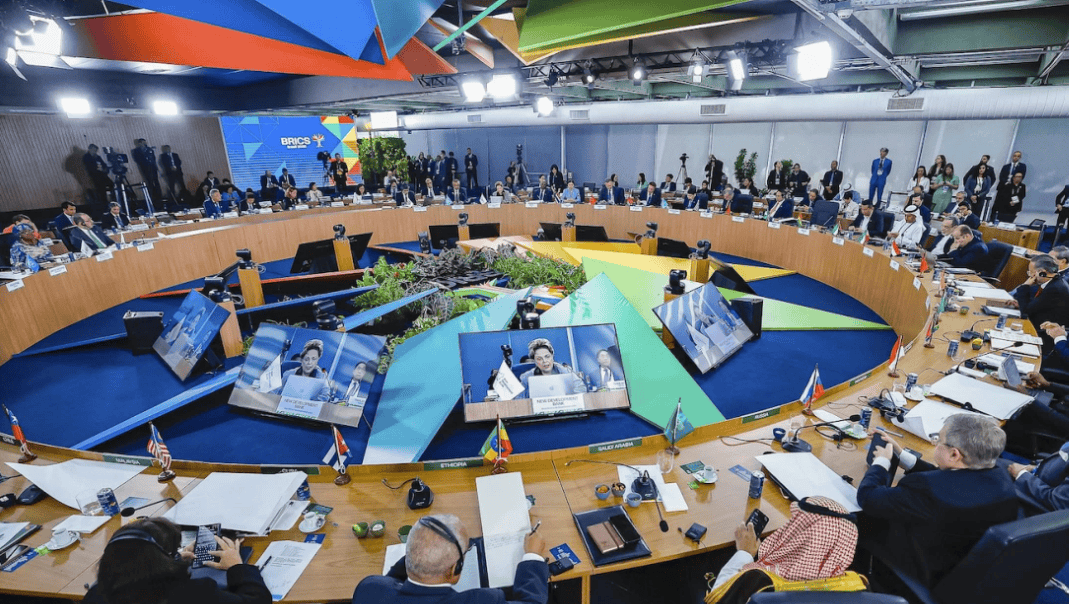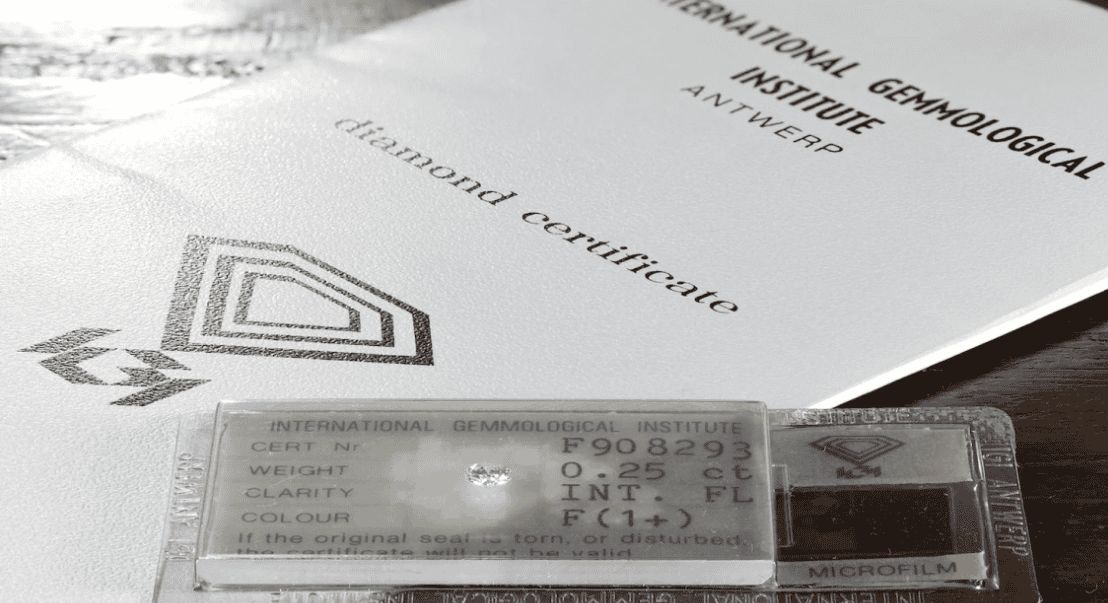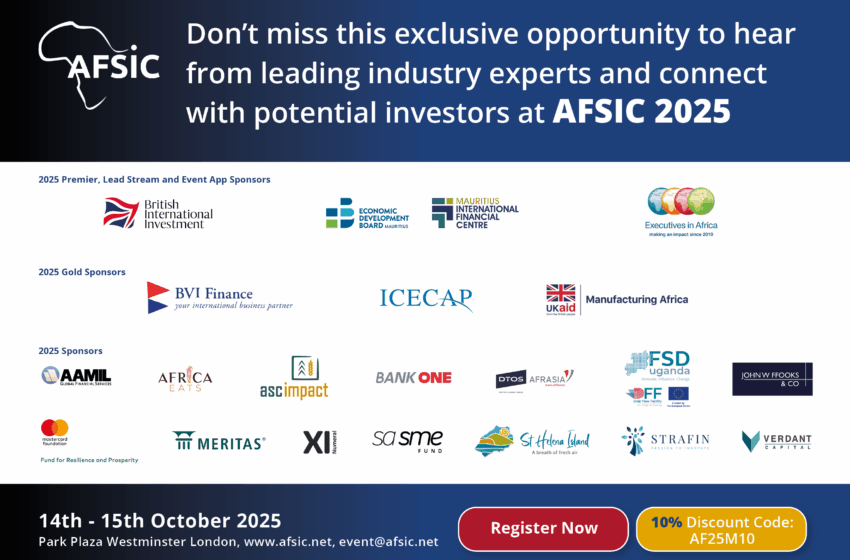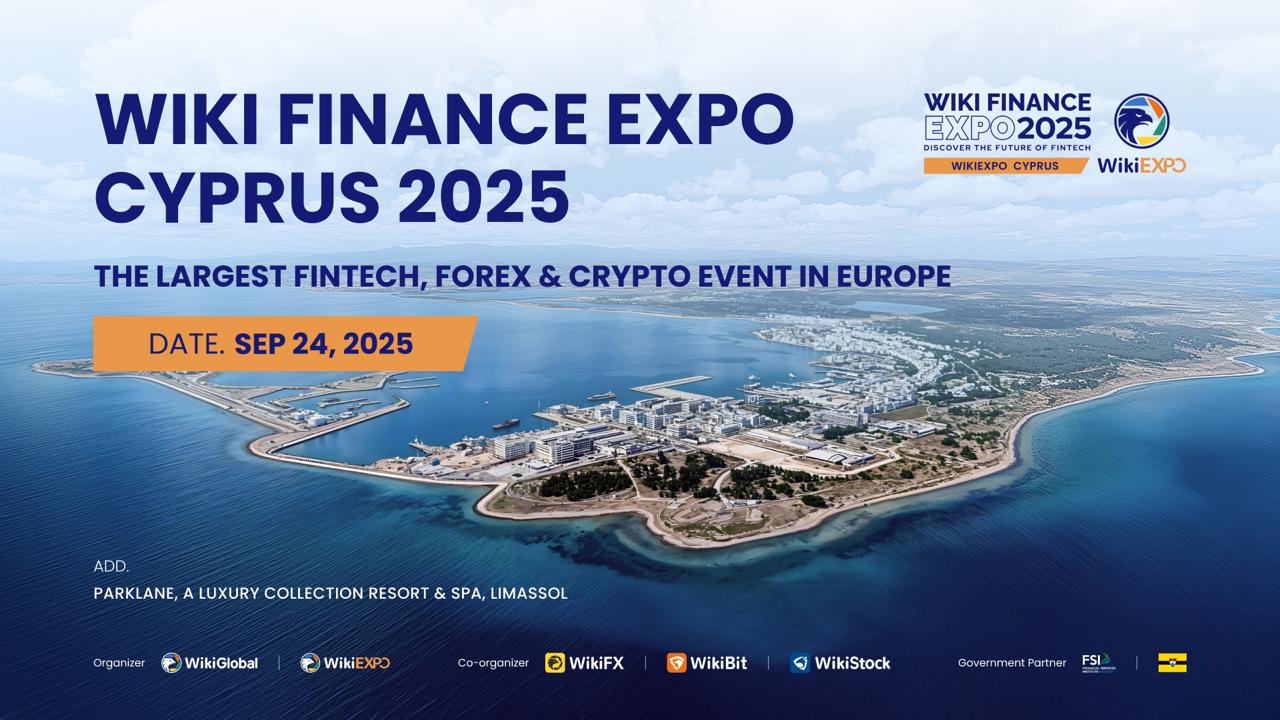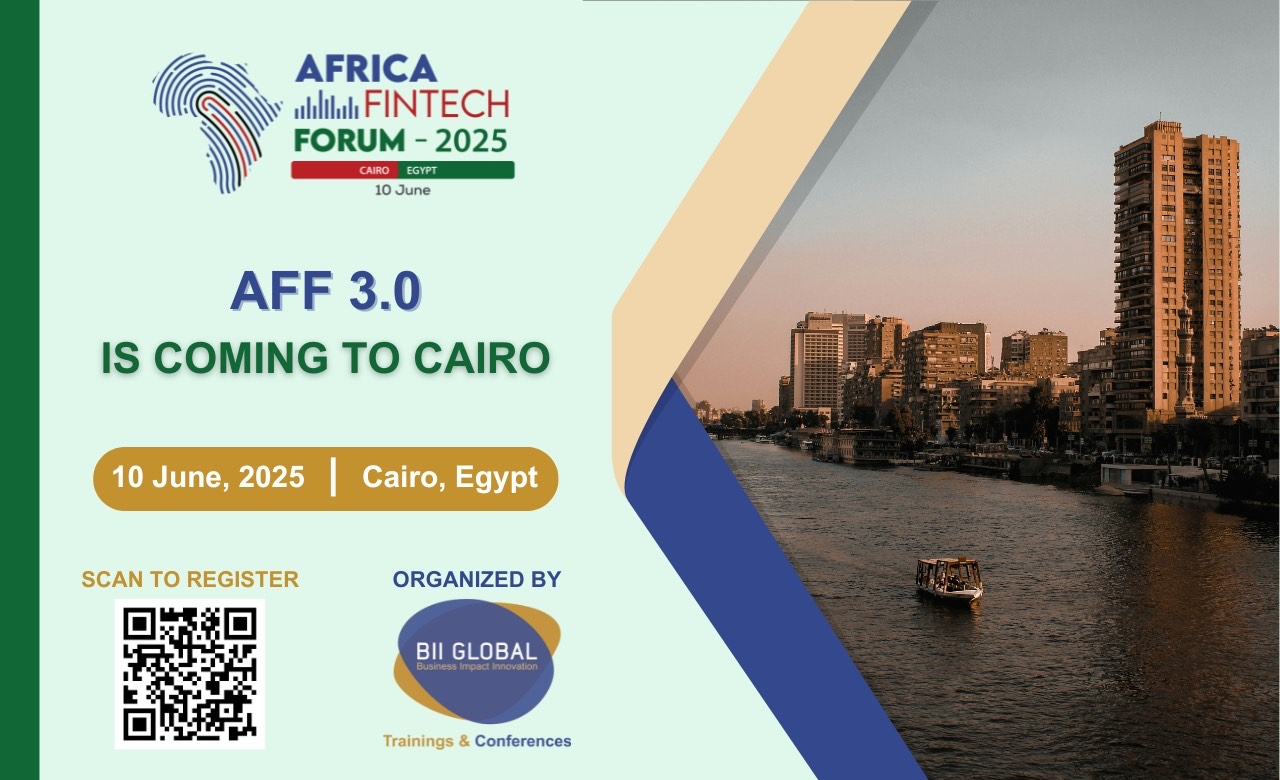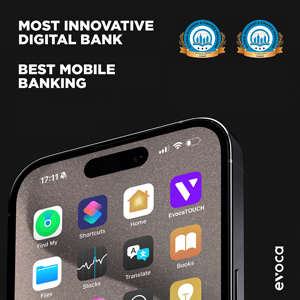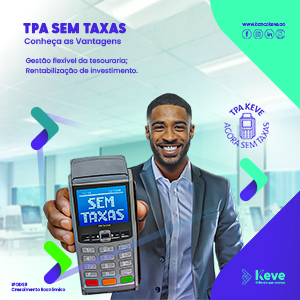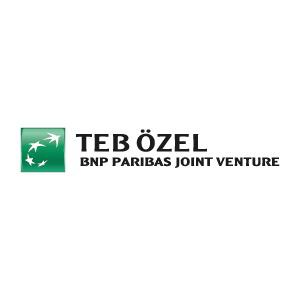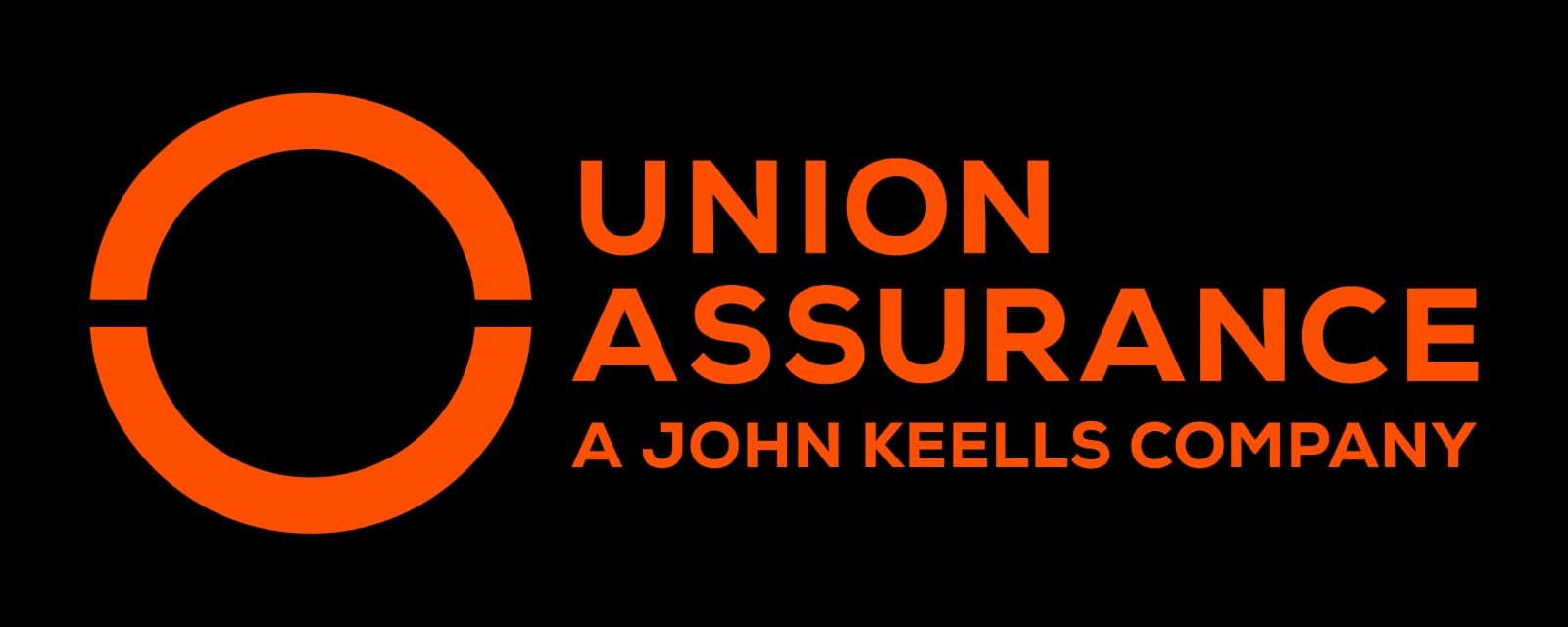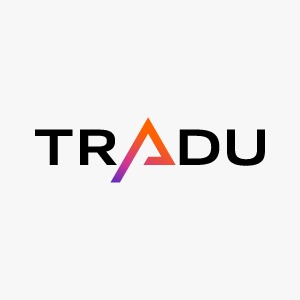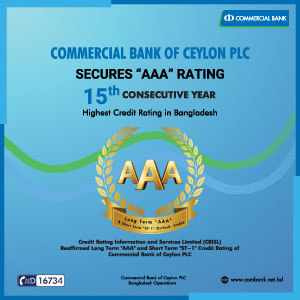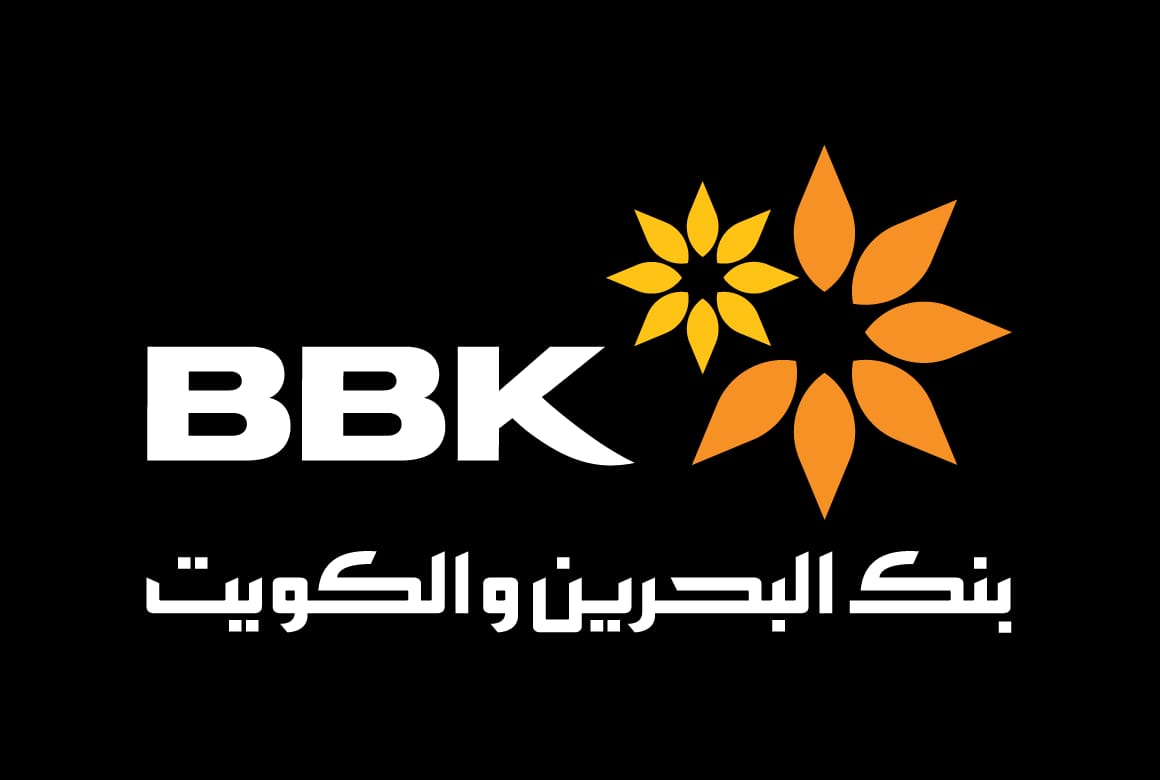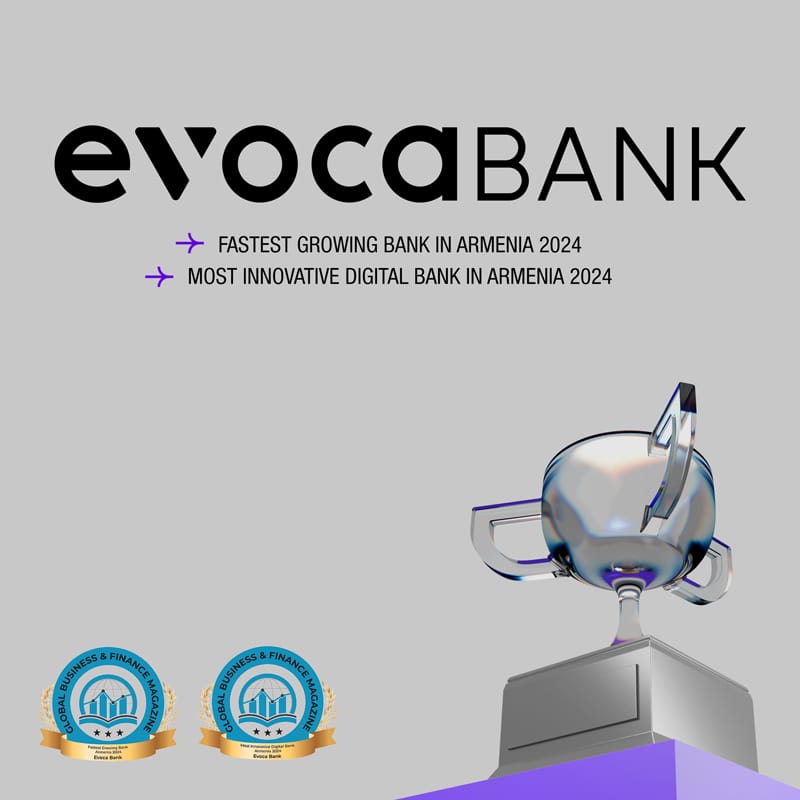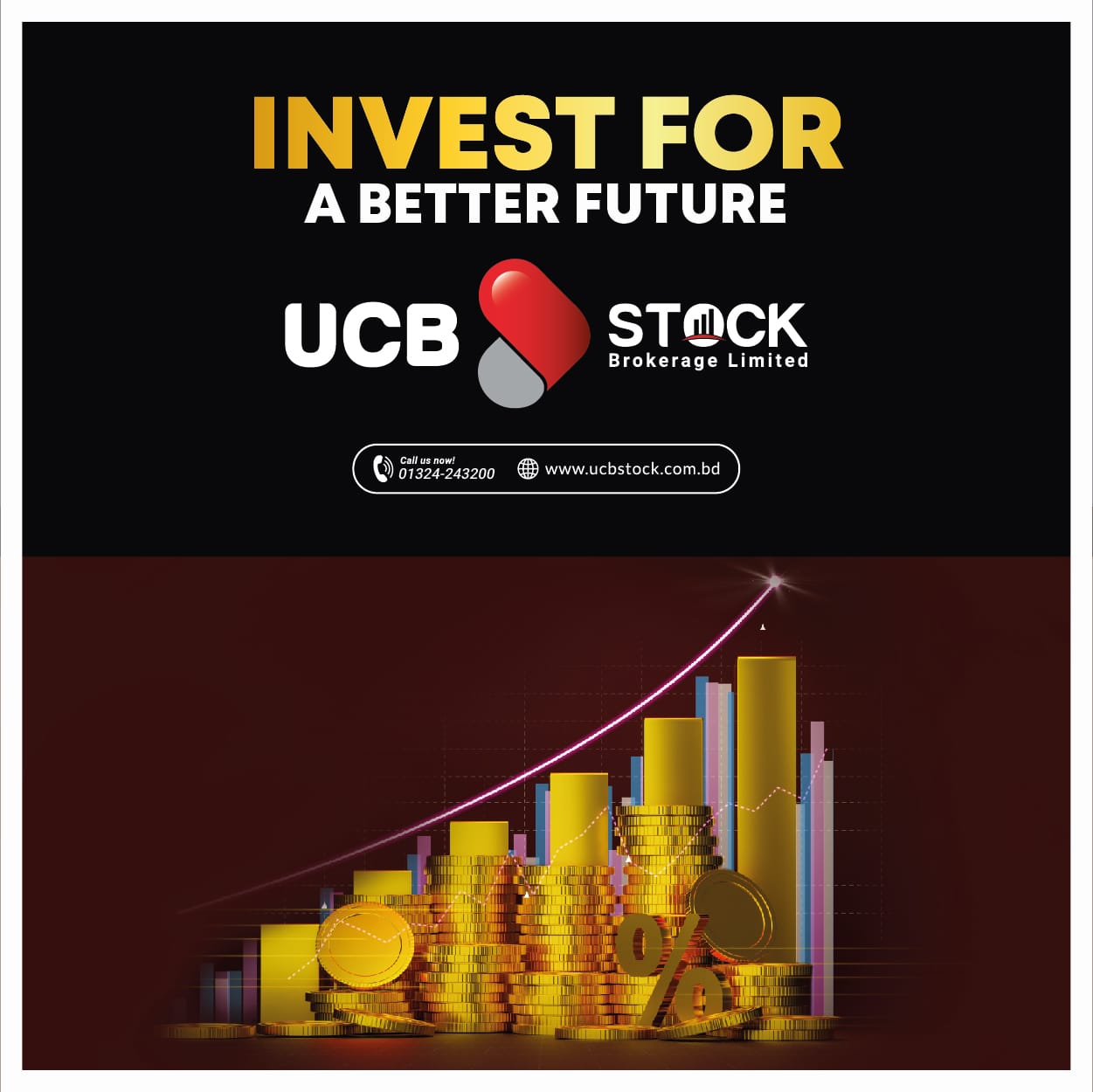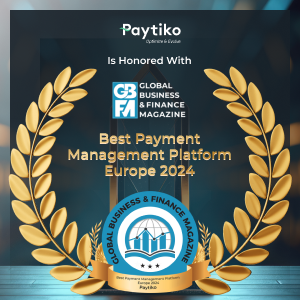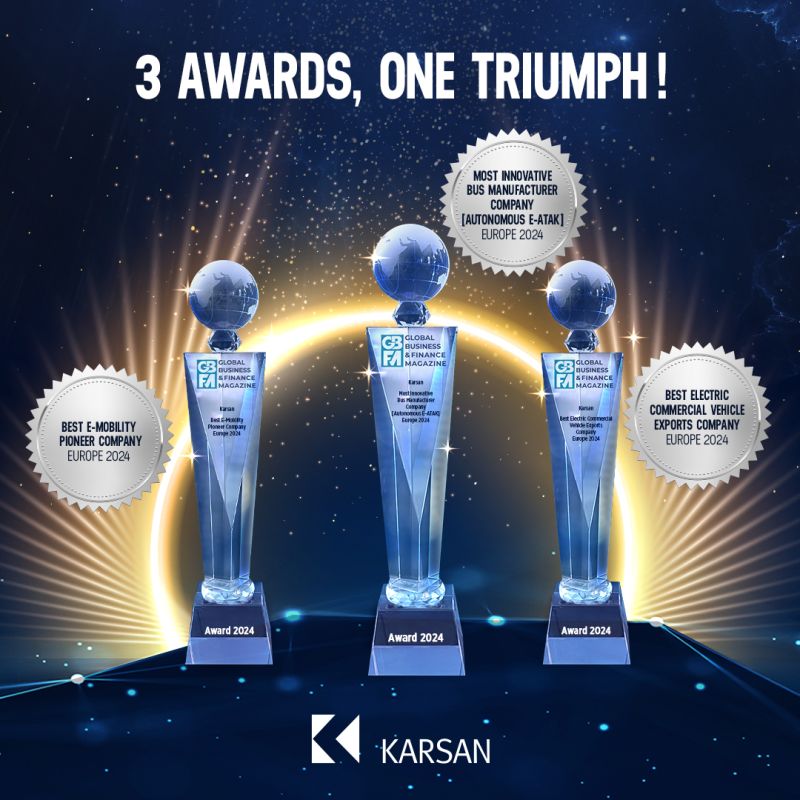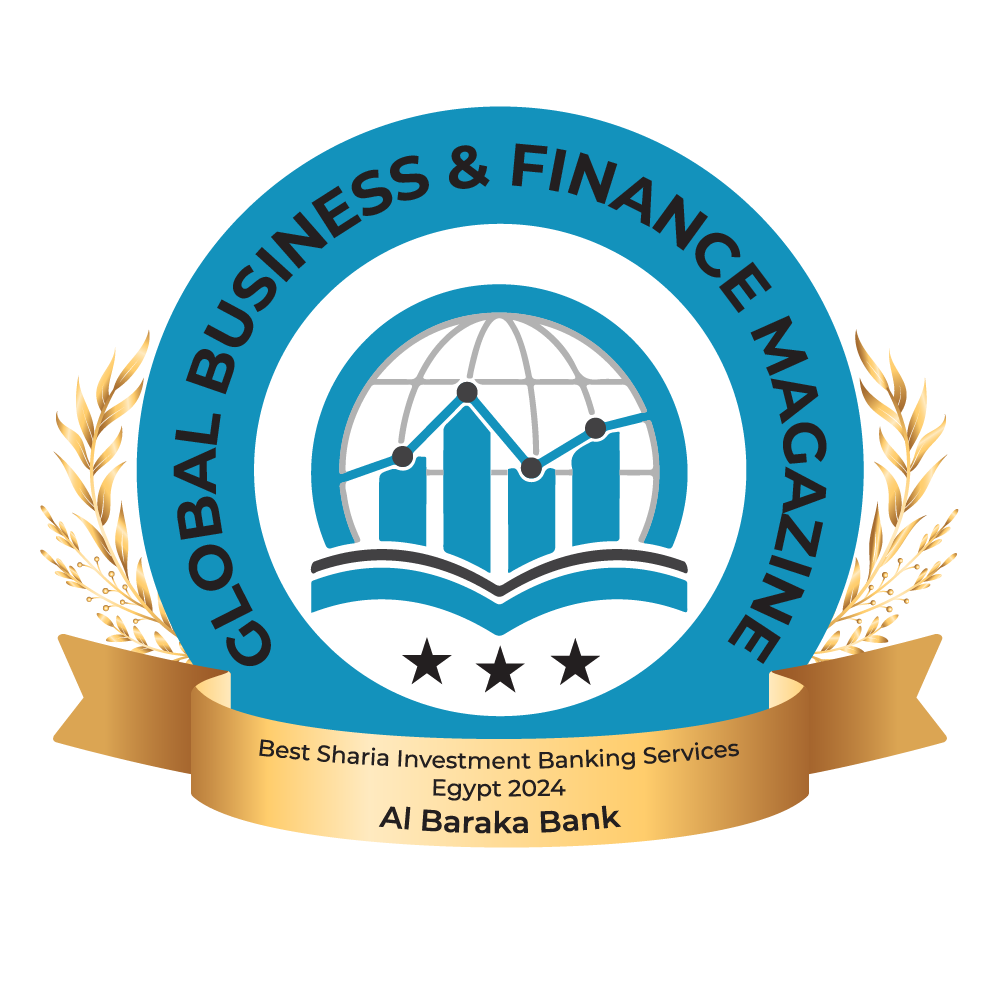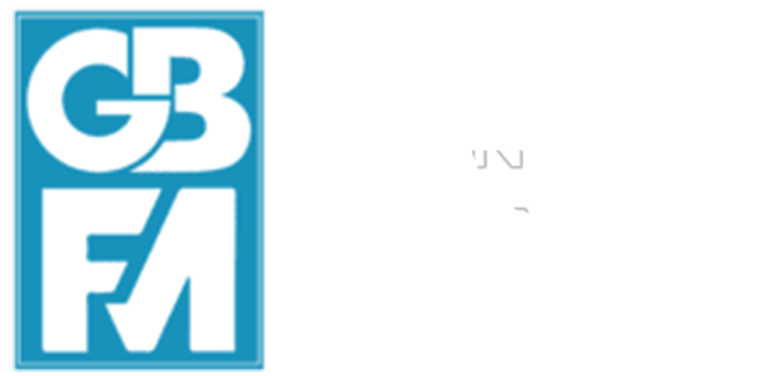Effective presentations are critical to academic and professional success, yet many presentations fail to engage or inform effectively. This column explores the impact of providing simple, low-cost advice on presentation quality. Evidence from a randomised controlled trial at a prestigious finance conference shows that a targeted intervention improved presentation effectiveness by roughly the same amount as reducing class sizes from 22 to 15 students. This finding demonstrates that even small, inexpensive actions can significantly enhance presentation quality, with important implications for teaching, business, and policymaking.
Presenting science to an audience of peers is one of the most fundamental skills for researchers. Effective presentations are more likely to be persuasive, memorable, and can help communicate one’s contribution to the work (Fleming 2018, Gallo 2020). Despite these benefits, many scientific presentations fail to effectively explain or promote the research (George and White 2020, Rubenson 2021). One reason for this may be insufficient presentation training (Hafler 2011). This raises an important question: can offering presenters targeted advice improve the effectiveness of their scientific communication?
Experiment and its key findings
To address this question, we conducted a randomised controlled trial at the European Finance Association’s 2020 Annual Meeting, a prestigious academic conference held via Zoom (Breitkopf and Keloharju 2025). A total of 81 conference sessions were randomly assigned to either a treatment or control group. Treated presenters received an email containing best practices for verbal delivery, slide design, online presence, and time management, in addition to logistical details provided to all participants. Control group presenters received only the logistical information. Over 80% of the presenters were professors, underscoring the high level of expertise among study participants.
Figure 1 summarises the impact of the information intervention measured using three methods:
- Crowdsourced video evaluations: To evaluate the treatment’s impact, Amazon MTurk workers were shown pairs of 60-second video clips, each consisting of one treated and one non-treated talk. Workers rated which presentation was more effective across three dimensions: presenter quality, slide quality, and overall presentation effectiveness. We quantified effectiveness by determining the share of ‘wins’ each talk received in pairwise comparisons. The analysis used a complete design, where all possible clip pairings were compared.
- Zoom attendance duration: Engagement was measured by the time audience members spent in sessions.
- YouTube watch times: Average viewing times of recorded presentations were analysed.
Figure 1 Treatment effects on presentation outcomes


Note: The effect size is estimated for two types of outcomes: MTurk workers’ evaluations of a 60-second segment’s effectiveness in a presentation video (Panel A) and the duration of conference participants’ Zoom sessions or average YouTube video watch times (Panel B). We evaluate the videos’ effectiveness in three dimensions: presenter, slides, and overall presentation quality. Treatment effects are estimated using OLS for the effectiveness of videos and logged average duration of YouTube watch times, while Cox regressions are used to estimate treatment effects on Zoom session durations. Controls for job position, institutional rank, gender, native speaker status, and research subfield are included in all analyses. For consistency purposes, we reverse the sign of the Zoom session duration coefficient. Error bars represent 95% confidence intervals.
Our analysis shows that treated presenters consistently outperformed their non-treated peers across all evaluation methods, highlighting the robustness and broad applicability of the findings. Effect sizes ranged from 0.11 to 0.22 standard deviations (SD), with most hovering around 0.2 standard deviations. The majority of these results are statistically significant at conventional levels.
Benchmarks, comparisons, and channels
Our treatment proved effective for both laypersons (MTurk workers) and experts (conference participants) without requiring any out-of-pocket expenses from the organisers. This makes it distinct from many educational interventions, which are often either relatively ineffective or very expensive (Fryer 2017, Kraft 2020). For instance, reducing class sizes from 22 to 15 students, a policy that increases costs by about one third, has been found to produce effect sizes of 0.20–0.25 standard deviations on student outcomes (Krueger 1999). Remarkably, many of the effect sizes in our study meet or exceed the 0.20 standard deviation threshold considered ‘large’ in randomised educational interventions (Kraft 2020). This is particularly noteworthy given that our intervention targeted adults, as effect sizes in educational research often decline with age (Fryer 2017).
The presenters in our sample predominantly have a background in business education, a discipline that places strong emphasis on effective presentation skills. This implies that researchers outside this field may possess weaker presentation skills, suggesting that an information-based intervention could have an even greater impact on their performance.
What contributed to the treatment’s effectiveness? One possibility is that it provided presenters, particularly those with weaker performance, with new insights and strategies to address their shortcomings. This is supported by our findings, which indicate that the intervention had a stronger impact on presenters with lower win rates. In addition, the treatment may have acted as a motivational reminder, prompting presenters to invest more time and effort into preparing their talks. Such reminders may be especially beneficial for experienced speakers, while less experienced presenters might benefit more from receiving explicit guidance.
Applications to academic conferences and beyond
Conferences play a crucial role in disseminating knowledge and fostering collaboration, as noted in a previous Vox column by Gorodnichenko et al. (2019). However, the extent to which these benefits are realised often depends on the quality of the presentations. Our findings suggest that conference organisers can enhance this impact by incorporating presentation skill advice into their communications with speakers.
These insights potentially extend far beyond the context of conferences. Effective communication is a critical skill across fields such as education, business, and policymaking. For instance, it has been shown that the way managers convey information can influence the decision-making and beliefs of stakeholders (Mayew and Venkatachalam 2012, Price et al. 2012). Given the potentially substantial economic consequences of managerial presentation cues, interventions like our treatment could offer significant benefits to firms at a minimal cost.
On a broader scale, recent events such as the Covid-19 pandemic have highlighted the growing importance of science communication to inform the general public about scientific findings (Eichengreen et al. 2020). Addressing this challenge, measures that improve effective communication can help bridge the gap between science and society.
Delivering and strengthening the message
An advice message is likely to be effective only if its recipient pays attention to it. We increased the likelihood of this happening by bundling the advice with important logistical and scheduling details.
A practical and scalable method to ensure advice messages capture attention is to integrate them with digital calendars. Automated reminders can be sent at predetermined intervals, such as days or hours before a scheduled presentation. These messages can be customised to focus on aspects of the advice that align with the time available for implementation, ensuring relevance and practicality for the recipients. Balsa et al. (2024) show that short, automated messages can nudge consumers to make healthier food choices.
The most notable improvements in presentation quality were driven by talks that were better rehearsed and delivered, likely at a lower marginal cost compared to reworking slides. Based on these findings, we recommend that future interventions prioritise strategies to enhance verbal communication rather than focusing on slide revisions.
Conclusion
Our study demonstrates that small, low-cost interventions can significantly enhance presentation quality. At academic conferences, this translates into clearer communication, better audience engagement, and greater research impact. Beyond academia, the findings offer a roadmap for improving communication in teaching, business, and policymaking.
The long-term impact of advice may be limited, as people often forget recommendations over time. This highlights the value of recurring, low-cost reminders, which can reinforce effective practices and sustain improvements. Providing such reminders could help presenters maintain a high level of preparation and delivery quality, especially in high-stakes communication settings.
Source : VOXeu
